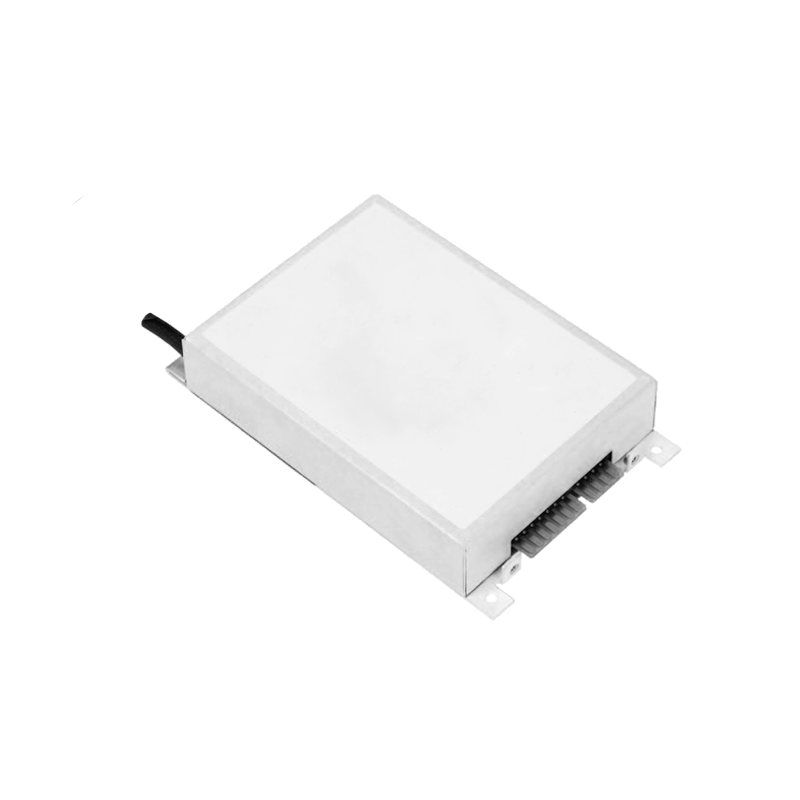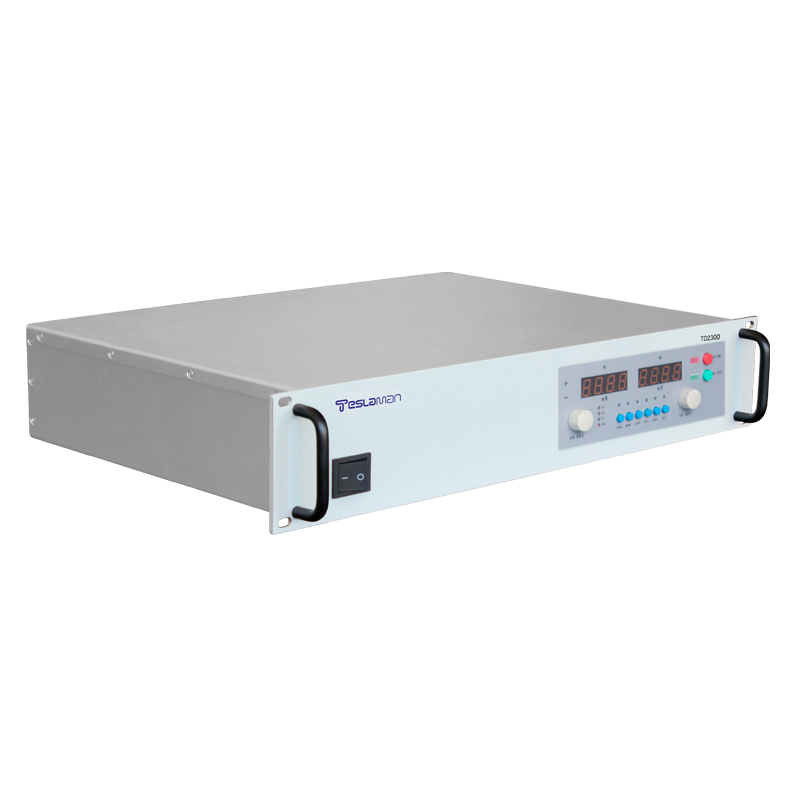Application and Effectiveness Evaluation of X-ray Power Supply Technology in Material Analysis
I. Introduction
With the rapid development of modern science and technology, the application of materials science in various fields is becoming increasingly widespread, and the requirements for material performance are also continuously improving. Against this backdrop, X-ray power supply technology, as an advanced material analysis method, has attracted widespread attention. This article will discuss in detail the application of X-ray power supply technology in material analysis and its effectiveness evaluation from a professional perspective.
II. Overview of X-ray Power Supply Technology
X-ray power supply technology is a material analysis method based on X-rays, which realizes non-destructive testing and composition analysis of materials by generating high-quality X-ray light sources. This technology has the advantages of high resolution, high sensitivity, and non-destructiveness, and is widely used in fields such as materials science, chemistry, and biomedical science.
III. Application of X-ray Power Supply Technology in Material Analysis
(I) Crystal Structure Analysis
X-ray power supply technology can be used for crystal structure analysis. Through X-ray diffraction experiments, information such as lattice parameters and interplanar spacing of materials can be obtained, thereby revealing the crystal structure of the materials. This is of great significance for studying the synthesis and performance optimization of new materials.
(II) Elemental Composition Analysis
Using X-ray power supply technology, elemental composition analysis of materials can be carried out. By measuring X-ray fluorescence spectra, the content of each element in the material can be determined. This method has the advantages of being fast, accurate, and non-destructive, and is widely used in the composition testing of metals, ceramics, glass, and other materials.
(III) Phase Identification
X-ray power supply technology can also be used for phase identification. By performing X-ray diffraction experiments on materials, their diffraction patterns can be obtained. By comparing with standard patterns, the phase composition of the materials can be determined. This plays an important role in studying material phase transitions, doping modifications, and other aspects.
IV. Effectiveness Evaluation of X-ray Power Supply Technology
(I) Accuracy Evaluation
The accuracy of X-ray power supply technology in material analysis mainly depends on the quality of the X-ray light source, the precision of the experimental equipment, and the data analysis method. At present, with the advancement of science and technology, the quality of X-ray light sources and the precision of experimental equipment have been continuously improved, making the accuracy of X-ray power supply technology in material analysis significantly enhanced.
(II) Efficiency Evaluation
Compared with traditional material analysis methods, X-ray power supply technology has higher analysis efficiency. On the one hand, X-ray power facilities can achieve rapid and non-destructive material testing, greatly shortening the time for sample preparation and analysis; on the other hand, automated data processing and analysis software make the processing of experimental results more efficient.
(III) Limitation Evaluation
Although X-ray power supply technology has many advantages in material analysis, it still has certain limitations. For example, for amorphous materials or samples with low crystal quality, the accuracy of X-ray diffraction experiments may be affected to a certain extent; in addition, X-ray power supply technology requires operators to have a high level of professional skills and experience.
V. Conclusion
In summary, X-ray power supply technology has a wide range of application prospects in material analysis. Through its application and effectiveness evaluation in crystal structure analysis, elemental composition analysis, and phase identification, it can be seen that this technology has the advantages of high resolution, high sensitivity, and non-destructiveness. However, in practical applications, attention should still be paid to its limitations, and the precision of experimental equipment and the accuracy of data analysis methods should be continuously improved to fully leverage its advantages in the field of materials science.




















